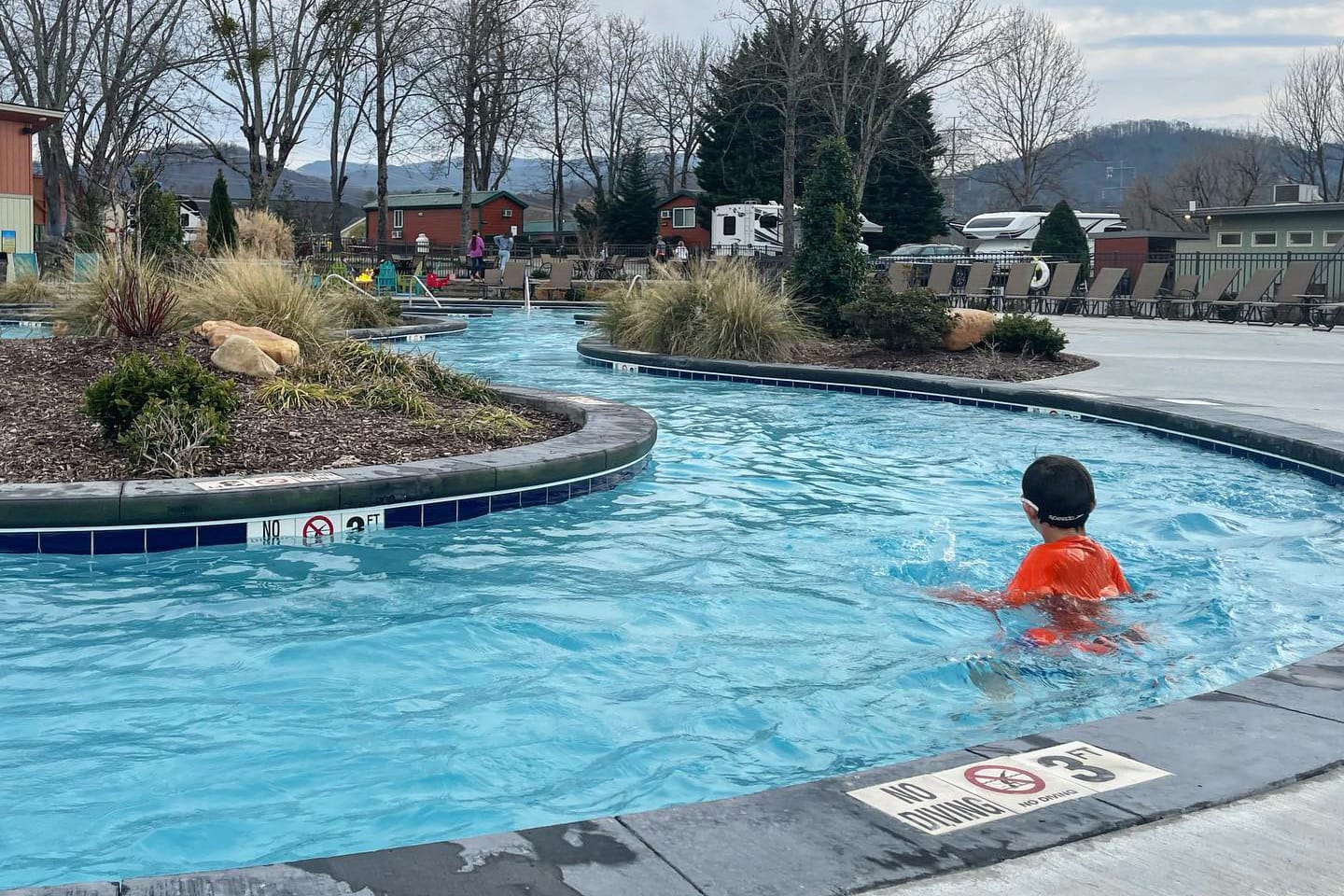
How to Plan a Budget-Friendly Road Trip
Estimated reading time: 7 minutes
Key Takeaways
- Choose destinations within driving distance to save on fuel.
- Opt for camping, RV parks, or budget hotels to cut accommodation costs.
- Pack your own snacks and meals to avoid expensive convenience store purchases.
- Take advantage of free activities like hiking trails and local festivals.
- Track your expenses to stay within your budget.
Table of Contents
- How to Plan a Budget-Friendly Road Trip
- Key Takeaways
- Introduction
- Choosing the Right Destination
- Planning Your Itinerary
- Saving on Transportation
- Budget-Friendly Accommodations
- Eating on a Budget
- Managing Your Budget
- Packing Essentials
- Safety and Preparedness
- Making the Most of Your Trip
- Conclusion
Introduction
Embarking on a road trip is one of the most exciting ways to explore new destinations, but it often comes with a hefty price tag. However, with a little planning and some smart strategies, you can enjoy an unforgettable road trip without breaking the bank. This guide will walk you through everything you need to know to plan a budget-friendly road trip.
Why Choose a Road Trip?
Road trips offer unparalleled freedom and flexibility, allowing you to explore at your own pace and discover hidden gems along the way. They’re also a great way to bond with friends and family while creating lasting memories.
What Makes a Road Trip Budget-Friendly?
A budget-friendly road trip is all about minimizing expenses while maximizing experiences. This includes choosing affordable accommodations, saving on transportation, and finding free or low-cost activities.
Choosing the Right Destination
Selecting the perfect destination is the first step to planning a budget-friendly road trip. Consider factors such as distance, cost of living, and the availability of affordable activities.
Nearby Destinations
Opt for destinations within driving distance to save on fuel costs. Exploring nearby regions can be just as rewarding as traveling far.
Affordable Cities and Towns
Research locations with a lower cost of living, where accommodations, meals, and activities are more affordable.
Planning Your Itinerary
Creating a well-thought-out itinerary can help you stay on budget and make the most of your road trip. Plan your route, stops, and activities in advance.
Mapping Your Route
Use online tools to map the most efficient route, considering scenic drives and interesting stops along the way.
Budget-Friendly Activities
Look for free or low-cost attractions, such as national parks, hiking trails, and local festivals, to fill your itinerary without overspending.
Saving on Transportation
Transportation is often one of the biggest expenses on a road trip. Here’s how to cut costs without compromising on comfort.
Fuel-Efficient Vehicles
Choose a car that’s fuel-efficient to minimize gas expenses. If possible, rent a vehicle that’s economical and reliable.
Carpooling and Sharing Costs
Travel with friends or family to split fuel and accommodation costs. This also makes the journey more enjoyable.
Budget-Friendly Accommodations
Where you stay can make or break your budget. Explore affordable lodging options that don’t compromise on comfort or convenience.
Camping and RV Parks
Camping is a cost-effective way to enjoy nature and save on accommodation. Look for affordable campgrounds or RV parks along your route.
Budget Hotels and Hostels
Opt for budget hotels or hostels, which offer basic amenities at a fraction of the cost of luxury accommodations.
Eating on a Budget
Food is another major expense on a road trip. With some planning, you can enjoy delicious meals without overspending.
Packing Snacks and Meals
Bring your own snacks and pre-prepared meals to avoid costly convenience store purchases.
Local Eateries and Markets
Explore local markets and affordable eateries to experience authentic cuisine without the high price tag.
Managing Your Budget
Keeping track of your expenses is crucial to staying within budget. Use these tips to manage your finances effectively.
Creating a Budget Plan
Outline your expected expenses for transportation, accommodation, food, and activities. Stick to your plan as closely as possible.
Tracking Expenses
Use a budgeting app or notebook to track every expense. This helps you identify areas where you can cut back.
Packing Essentials
Packing smart can save you money and make your road trip more comfortable. Here’s what you need to bring.
Essential Items
Pack versatile clothing, a first-aid kit, and other essentials to avoid unnecessary purchases on the road.
Cost-Saving Supplies
Bring reusable water bottles, snacks, and other supplies to reduce costs and minimize waste.
Safety and Preparedness
Staying safe and prepared ensures a smooth and enjoyable road trip. Don’t overlook these important considerations.
Vehicle Maintenance
Ensure your car is in good condition before hitting the road. Check the tires, brakes, and fluids to avoid unexpected repairs.
Emergency Kit
Pack an emergency kit with essentials like a flashlight, spare tire, and jumper cables to handle any unexpected situations.
Making the Most of Your Trip
A budget-friendly road trip doesn’t mean missing out on memorable experiences. Here’s how to make the most of your journey.
Embracing Spontaneity
Leave room in your itinerary for unexpected discoveries. Sometimes the best experiences are unplanned.
Connecting with Locals
Engage with locals to gain insider tips and discover hidden gems that aren’t in guidebooks.
Conclusion
Planning a budget-friendly road trip is entirely possible with the right strategies. By choosing affordable destinations, saving on transportation and accommodations, and managing your expenses, you can enjoy an incredible adventure without overspending. Happy travels!